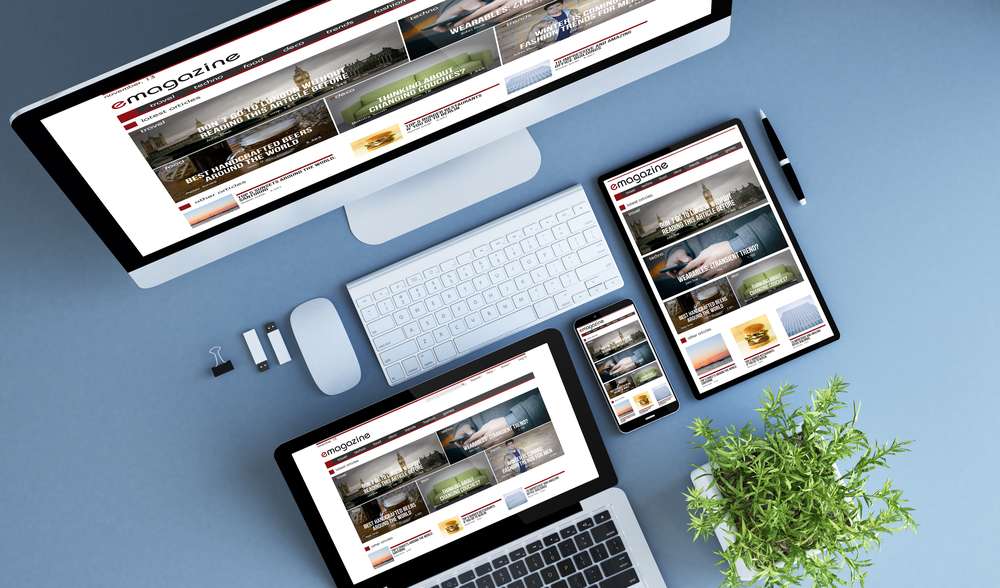
The ever-evolving world of web design has seen numerous trends come and go. Some fizzle out within months, while others make a significant impact and become integral components of modern design. As we continue to traverse the digital landscape, it’s crucial to identify and embrace those trends that have a lasting impact. In this blog post, we’ll discuss some of the most influential web design trends that have not only stood the test of time but are also here to stay.
Responsive Design
Responsive design has become the gold standard in web design. It’s the practice of designing websites that adapt to various screen sizes and devices, ensuring a seamless experience for users. As the number of devices and screen sizes continue to grow, responsive design remains an essential aspect of web design. This trend is not only here to stay but is also an absolute necessity for a successful online presence.
Minimalism
Less is more, and minimalism is a perfect example of this principle. Minimalist web design focuses on simplicity, clean lines, and the use of white space. By stripping away unnecessary elements, designers can create a more enjoyable user experience that allows for easier navigation and improved focus on content. This timeless design trend is versatile, adaptable, and remains a popular choice for web designers and businesses alike.
Dark Mode
Dark mode has gained considerable traction in recent years, with many major websites and applications incorporating this feature. It offers an alternative, aesthetically pleasing color scheme that reduces eye strain, particularly in low-light environments. As more and more users become accustomed to this option, it’s likely that dark mode will remain a staple in web design.
Micro-Interactions
Micro-interactions are subtle yet powerful design elements that improve user experience by providing feedback or guiding users through a process. These small interactions – like hover effects, button animations, and scrolling cues – add an extra layer of polish and sophistication to websites. As user experience continues to be a top priority in web design, micro-interactions will undoubtedly persist as a popular design trend.
Accessibility
As the internet becomes increasingly integral to daily life, ensuring that websites are accessible to everyone, regardless of ability, has become more important than ever. Web designers are now prioritizing accessibility features, such as alternative text for images, keyboard navigation, and clear, concise content structure. This trend is not only here to stay, but is also a moral and legal imperative.
Mobile-First Design
With mobile devices accounting for a majority of internet traffic, designing websites with mobile users in mind has become the new norm. Mobile-first design places emphasis on optimizing websites for smaller screens, touch-based navigation, and faster load times. As mobile usage continues to dominate, this trend will remain a key consideration in web design.
The world of web design is in a constant state of flux, with new trends emerging and old ones fading away. However, some trends have proven their staying power and will continue to shape the digital landscape for years to come. By embracing these web design trends – responsive design, minimalism, dark mode, micro-interactions, accessibility, and mobile-first design – businesses and designers can ensure that their websites remain relevant, functional, and engaging for users.
Do you have questions on how to best reach your target audience? Do you have a marketing budget but aren’t sure how to allocate those funds for an optimal ROI? Are you in need of an updated website? If you have any questions or need assistance with your marketing efforts, we want to hear from you! Schedule your FREE Consultation to find out how we may be able to help take your business to the next level.
“The secret to getting ahead is getting started.” – Mark Twain




